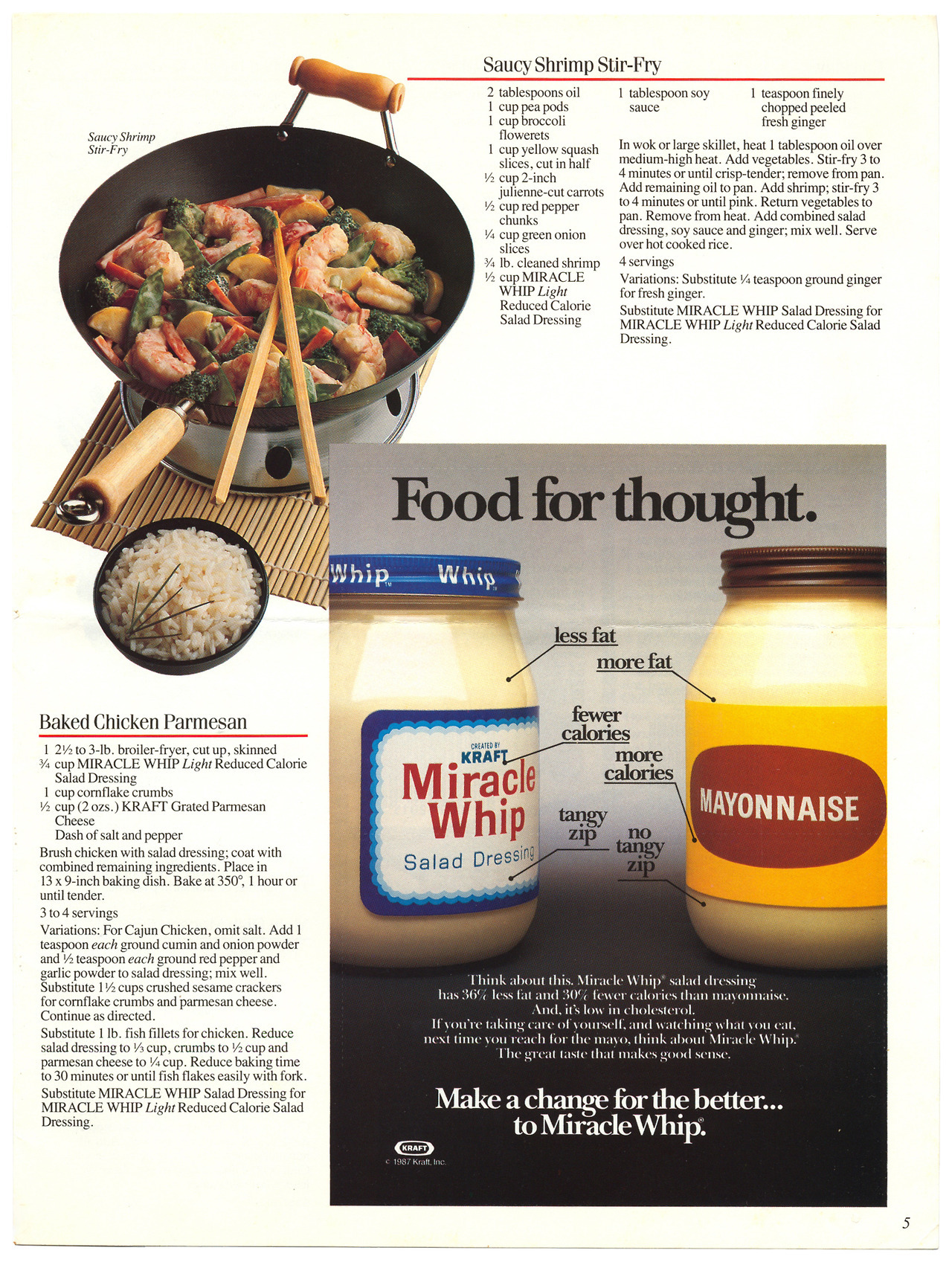

This map incorporates the elements of stakeholder salience with stakeholder social issue management valence. This paper contributes to stakeholder theory through its use of an innovative methodology to combine and view the stakeholders and their importance to the social entrepreneur on a single map. Each map shows the positioning of stakeholders according to their salience at critical points in the life of the social entrepreneurship. The resulting map uses spheres, sized proportionally to social issue management valence, to represent the various stakeholder groups. The methodology is to use a semi structured interview with a social entrepreneur to identify and map the firm's stakeholders' salience and stakeholders' social issue management valence. In this paper, a descriptive case study of a social entrepreneurial firm is used to demonstrate stakeholder salience and stakeholder social issue management valence. Further, using these same examples, we discuss how and why the impact of a given public good may not universally be perceived as good. Based on a survey of the literature across these topics and using case data derived from ethnographic methods in several study sites in the United States, we explore how (localized, craft) fermentation industries – and the changed places (and place narratives) they produce – can be characterized as public goods.
Kraft culinary app chef driver#
Similarly, wine grape growing and wine production can be seen as driver of environmental, economic, and cultural change across rural landscapes as actors within them try to capture the benefits of changing (urban) consumption patterns however, such changes are not achieved without consequences. While fermentation-focused (re)development is often situated as part of community (re)development, the production or consumption of craft beer in a particular area can catalyze social or demographic shifts that can either enrich a community (in more ways than one) or ultimately lead to a kind of “foodie gentrification” – and even sometimes lead to both at once. This paper explores how craft fermentation industries are creating and/or changing the places in which they are situated to consider whether and how these newly-created place identities can be considered public goods.

Communities across the rural-urban interface mobilize the production of place-marketed fermented goods in the pursuit of economic gain, tourism development, and/or progress toward sustainability via the localized consumption of those same goods. Consumables such as beer, wine, and spirits play an important role in how places, both urban and rural, develop, grow, and change.


 0 kommentar(er)
0 kommentar(er)
